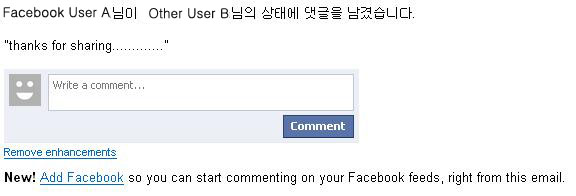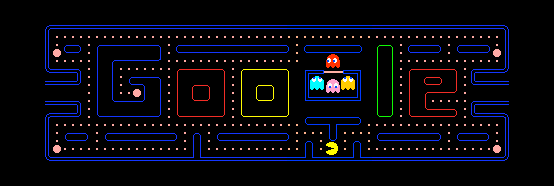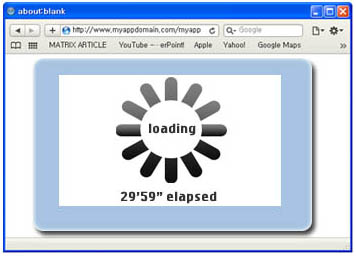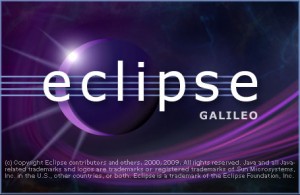In World IT Show 2010 held at COEX, Seoul from May 25 to 28, 2010, Samsung also introduced its new Android smartphone named Galaxy A to Korean public. The product code name is SHW-M100S and the version is the equivalent of its sister Galaxy S which is to be sold outside Korea. Galaxy A is equipped with 720 MHz CPU and 3.7 inch WVGA AMOLED touch screen.
The above figure shows a photo capture of the smartphone. On the right side is the explanation of the features of the smartphone in Korean which is translated below:
- Android OS 2.1
- Improved responsiveness with touch screen
- Android market
- Convenient progressive UI (total user control of installed widget)
- Android and Samsung-social hub widget
- Personalized background settings
- WVGA AMOLED screen
- DivX player installed
- Terrestrial DMB (Digital Multimedia Broadcasting)
- External memory slot (8GB memory offered)




